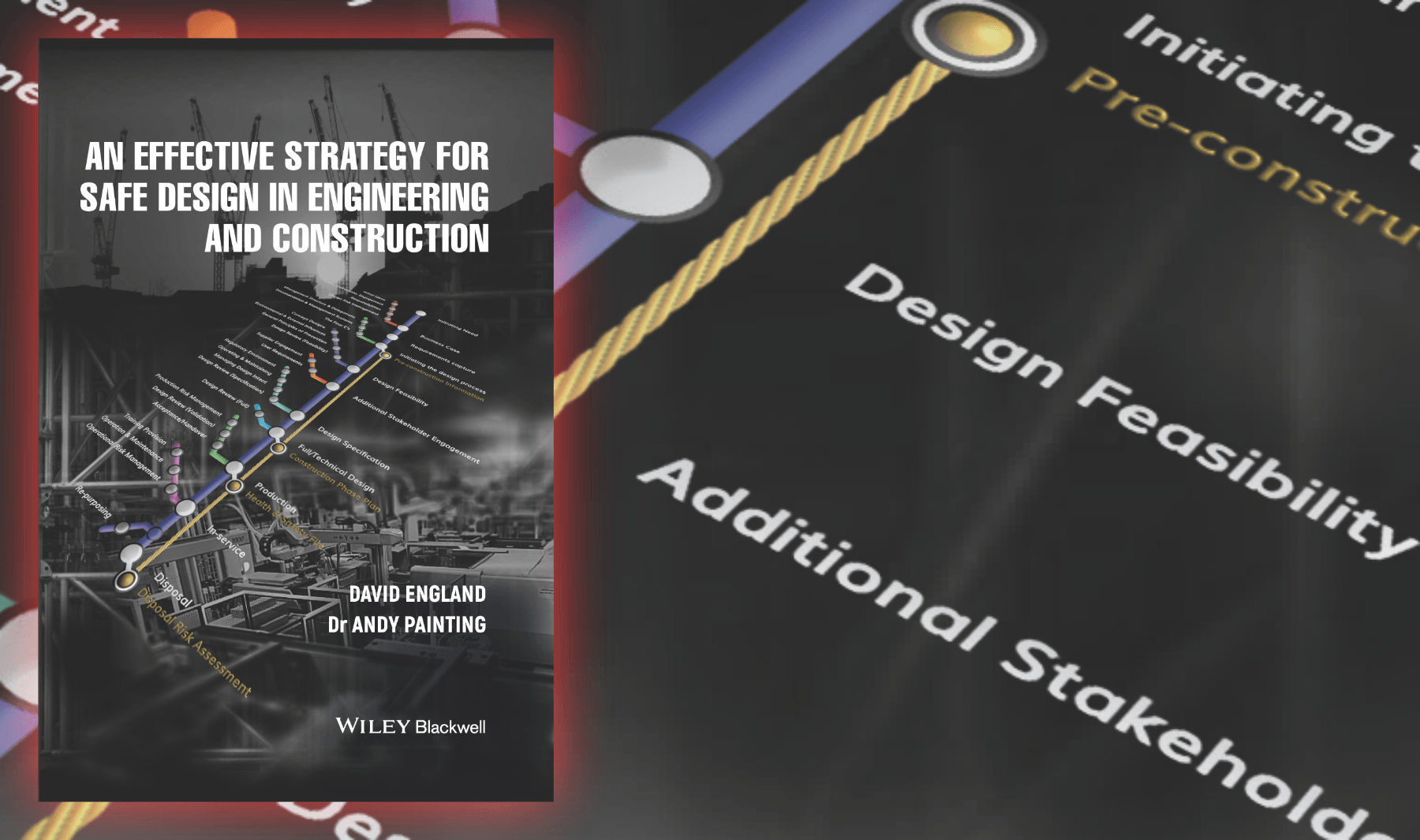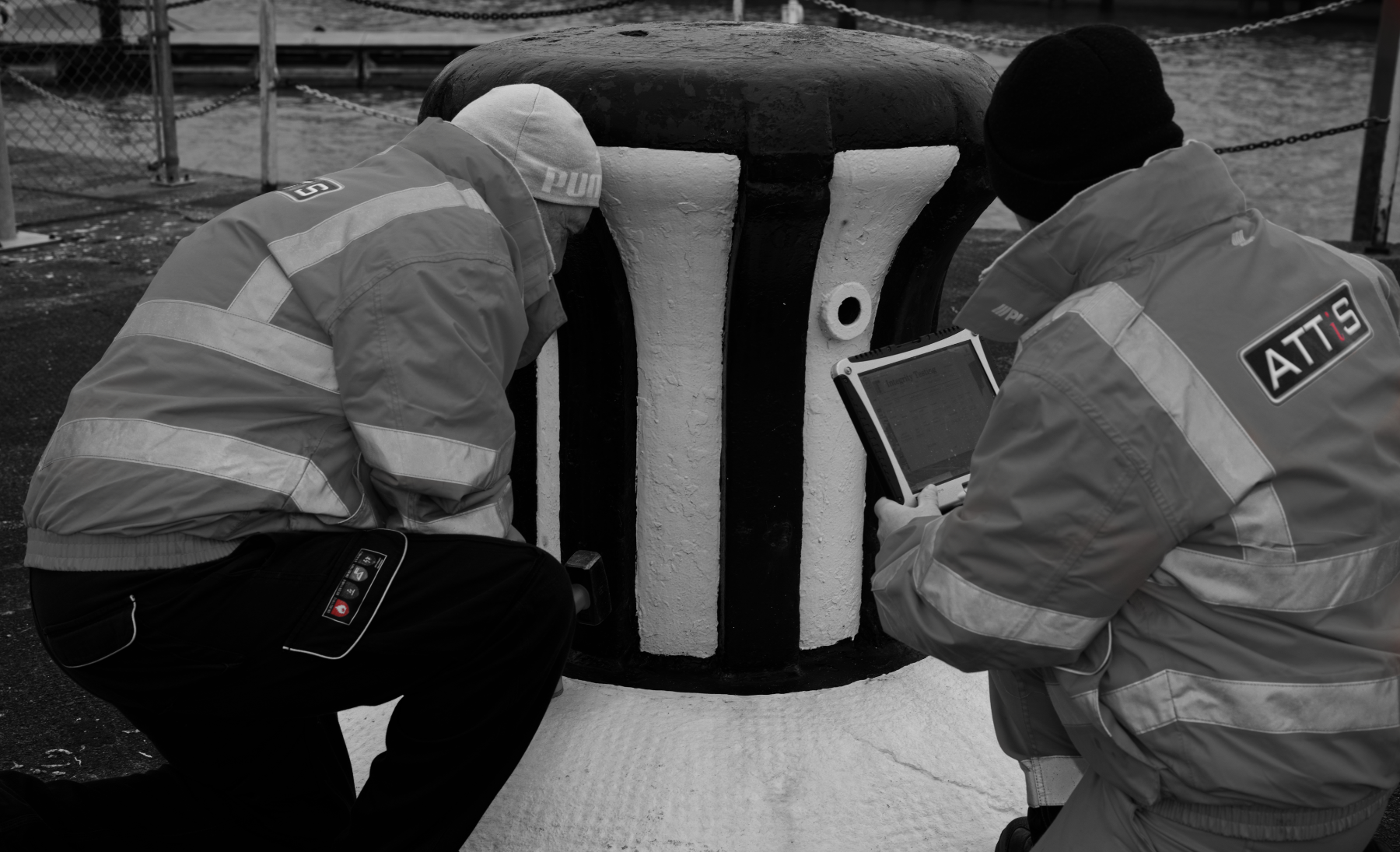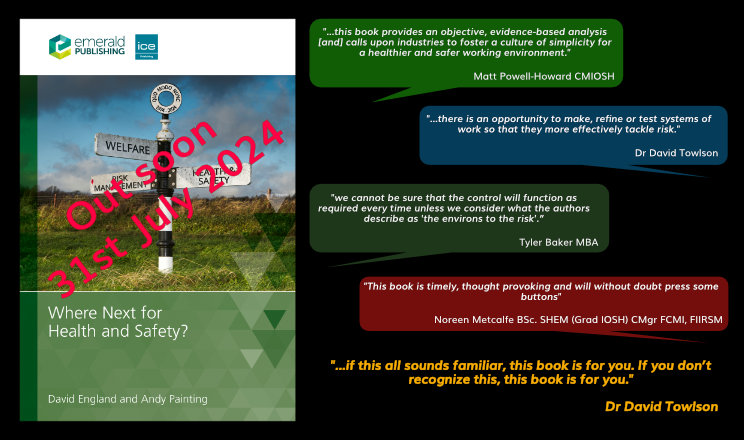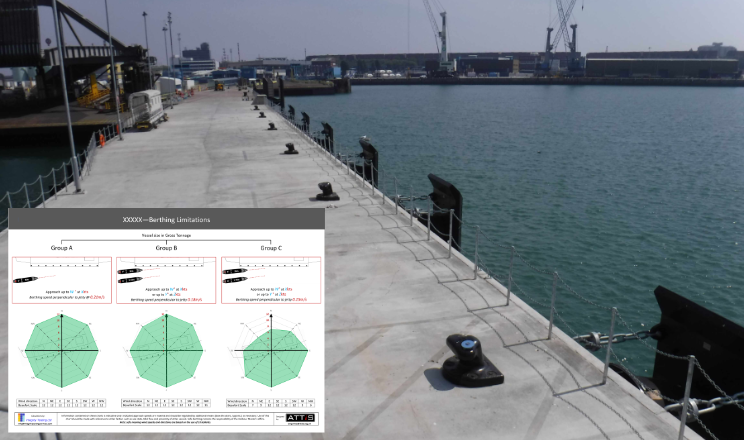Why it is important to have an effective design strategy (part 2)

Exploring the feasibility of design
The purpose of the design review at this early stage is to confirm the feasibility of the design by assessing the proposed concepts against the background of information pertinent to it: business case, statement of requirements, and preconstruction information. Additionally, there should be posed such fundamental questions as:
- Is the design feasible?
- Is the design as required?
- Can the design be technically produced and in the required quantity?
- Is there a marketplace for the design?
- Are there any limitations of use for the design, and are these acceptable?
- Has the organization got the capability and capacity to produce the design?
From the business case, the design review should be assessing that the relevant financial input remains available for the project, especially if any of the proposed concepts have taken an approach relying more on initial capital expenditure (CAPEX) to significantly reduce lifetime operational expenditure (OPEX). This is where having the early engagement of the client’s financial/procurement teams can prove invaluable as they may well be able to provide timely answers to these questions. The proposed concepts should be reviewed against the core constraints that the client has set in place and, again, having the appropriate decision makers in conference at the time can produce swift answers.
As well as the initial financial input required in the project, it is important to understand if any proposed concepts, particularly those of a less orthodox nature, present an operational expenditure greater than that anticipated. Savings at the beginning of a project do not always reflect in savings overall during the product’s lifetime, thus requiring a balanced decision on the costs and benefits to be made. This can be equally applied to the validation of the product prior to handing over to the client or end user. The validation, where the product is tested against various parameters of its functionality, can prove to be costly or time-consuming if complex systems have been introduced during the design process. These costs in time and money may of course be repaid if the systems offer, perhaps, operational savings during the life of the product.
The statement of requirements should be reviewed against the proposed concepts to ensure they meet this specification as fully as possible. Variations may be due to the matters raised above and, once more, engaging the appropriate stakeholders at this juncture can provide the answers as to whether the client is prepared to accept these variations.
The feasibility design review is an opportunity to test the proposed concepts against the statement of requirements. This is to ensure that:
- The client’s statement of requirements remains valid with regard to their original intent.
- The designer has the right quantity and quality of information to progress the design further and has considered this information appropriately.
- Emerging risks connected to the design, production, operation, maintenance, and disposal of the product are identified.
- Variations to the time, cost, or quality of the product can be analysed and either agreed or disallowed.
- Novel or unorthodox proposals can be discussed openly and analysed in terms of lifetime costs, benefits, and suitability.
- Senior stakeholders and key decision makers have an opportunity to review and refine the design as necessary.
- Approval to move to the next stage of the design process is formally documented.
'An Effective Strategy for Safe Design in Engineering and Construction' is available from Wiley and Amazon [ISBN 978-1-119-83203-4]





